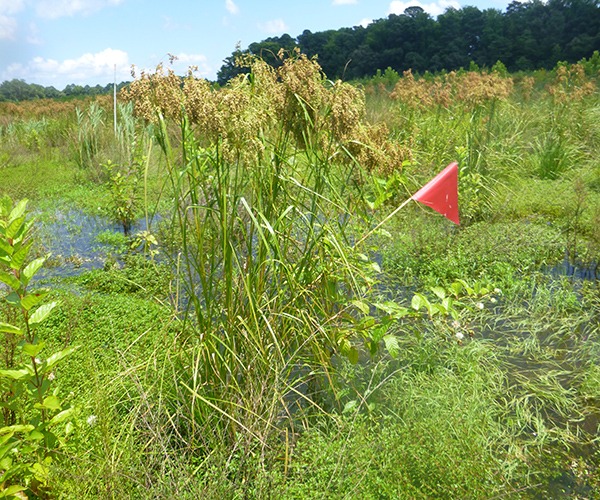Hull Springs Farm Mitigation Bank
CONTACT
Credit Sales Coordinator, Virginia

Construction at Hull Springs

Monitoring
PROJECT SNAPSHOT
Project Type
- Mitigation Bank
- Nutrient Bank
Location
Virginia | Westmoreland CountyService Area
Potomac River BasinProject Size
- Nutrient: 655.8 IBS
Solution
- Water Quality
- Wetland and Stream Mitigation
Habitat Types
- Nitrogen
- Nutrient
- Phosphorus
- Wetland
Ask About Credits
The Foundation of Longwood University was given the green light by the Interagency Review Team to create the Hull Springs Farm Mitigation Bank in Westmoreland County, VA, back in October 2011. The primary objective of this 214-acre farm was to produce revenue for the university through credit sales while preserving open space and offering educational opportunities for its students and professors. RES was contracted by The Foundation in 2013 to perform data analysis, stream and wetland design, construction, as-built reporting, and performance monitoring, maintenance, and management of the bank.
The stream element of the bank comprises 1,454 LF of stream restoration, 6,012 LF of stream enhancement/preservation, and 16.14 AC of riparian buffer plantings. The wetland component includes 22.27 AC of wetland restoration, 44.8 AC of wetland enhancement, 85.15 AC of wetland preservation, and 22.79 AC of upland buffer plantings. Furthermore, RES established a Nutrient Bank to sell TMDL nutrient offset credits, comprising 57.71 AC of former agricultural land planted to achieve a forested condition. The project, completed in 2017, has generated additional income for Longwood University while also increasing the amount of conserved land on the property.
Previously farmland, the site is now a thriving ecosystem that provides valuable functional benefits to the Potomac River Watershed and offers educational opportunities and revenue for Longwood University.
